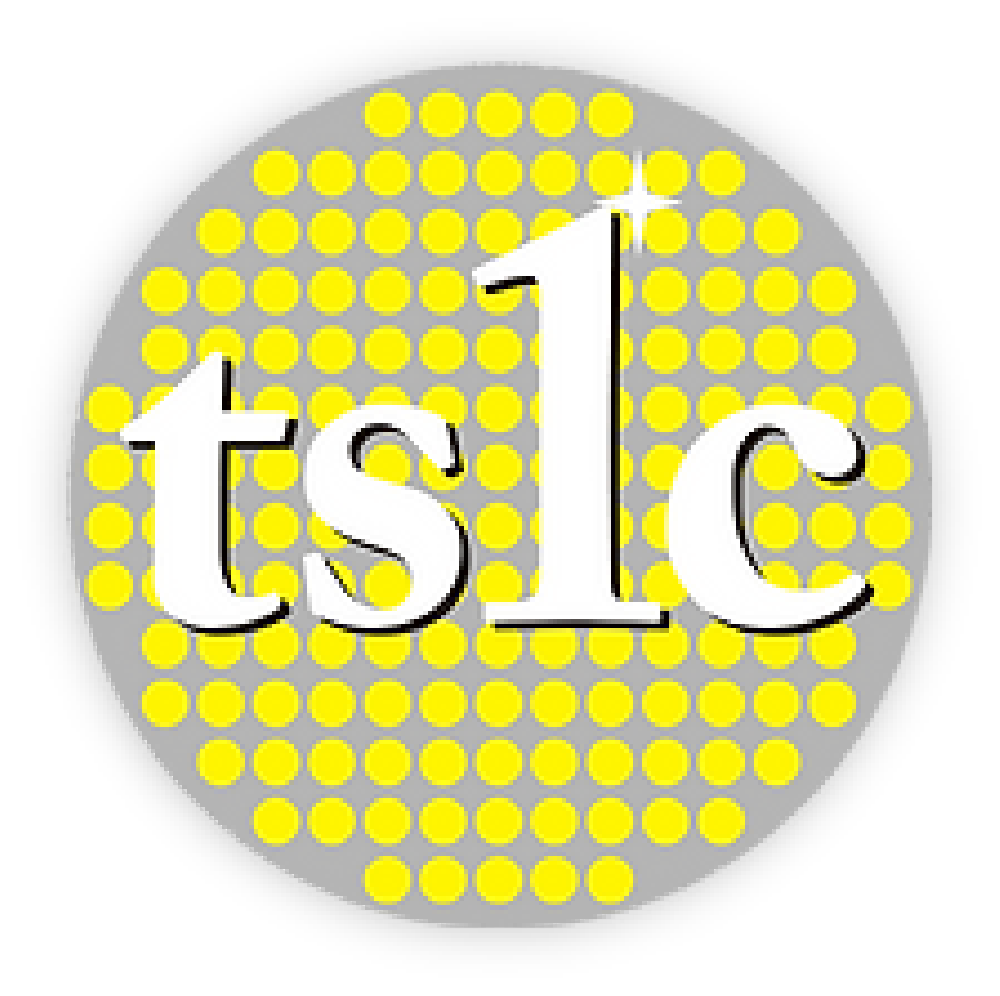The beauty industry is constantly evolving, with new technologies replacing outdated methods to enhance safety and efficiency. One of the most notable advancements in nail care is the shift to UVA LED nail lamps for curing gel-based nail polishes. While nail polish UV light exposure is often associated with skin damage, UVA LED lamps are fundamentally different from older mercury-based UV lamps, making them a safer choice for both salon professionals and clients.
But how safe are these nail lamps, and what do scientific studies and regulatory standards say about them? Let’s take a closer look at the science and industry trends surrounding nail polish ultraviolet (UV) light exposure.
Understanding Nail Polish Ultraviolet Light: UVA LED Nail Lamps vs. Traditional UV Lamps
1. UVA LED Lamps Emit No Harmful UVB or UVC Radiation
Unlike older mercury-based nail lamps, modern UVA LED lamps emit only UVA wavelengths (typically around 365–405 nm) and do not produce UVB or UVC radiation. This is a critical distinction because:
UVB (280–315 nm) is known to cause sunburn and DNA damage, significantly increasing the risk of skin cancer (Diffey, 1991).
UVC (100–280 nm) is even more hazardous, as it can cause severe skin burns and eye injuries. Though mostly absorbed by Earth’s ozone layer, artificial UVC exposure is dangerous (Harm et al., 2000).
According to the International Electrotechnical Commission (IEC) standard 62471, most professional UVA LED nail lamps are classified as Risk Group 2 (Low-Risk). This means that under normal conditions of use, they do not pose a significant risk to human health. However, designing these lamps to meet Risk Group 1 (No-Risk) requirements would further enhance safety, reducing long-term nail polish ultraviolet light exposure concerns for frequent users.
2. Mercury-Based UV Lamps: The Hidden Risks of UVB and UVC Exposure
Before the introduction of UVA LED technology, low-pressure mercury vapor lamps were commonly used in salons. These lamps emitted low doses of UVB and UVC, exposing users to unnecessary risks. Studies have shown that prolonged UVB exposure can lead to mutations in the p53 tumor suppressor gene, increasing skin cancer risks (Setlow, 1999). Additionally, UVC radiation has been linked to severe oxidative damage in skin cells (Kochevar, 2000).
The shift away from mercury lamps is also an environmental win, as mercury is a hazardous substance. The disposal of mercury-containing bulbs poses contamination risks, making LED-based alternatives not only safer for users but also more sustainable. This evolution helps reduce reliance on outdated forms of nail polish ultraviolet light that carried more health hazards.
Health Benefits Beyond UV Exposure: No Harmful VOCs
Another major benefit of modern UVA LED gel nail systems is that the gel-based nail polishes used with these lamps do not contain volatile organic compounds (VOCs). Traditional nail polishes rely on solvent-based formulations that emit harmful VOCs, which:
Contribute to indoor air pollution in salons (Nails Magazine, 2019).
Cause respiratory issues, headaches, and dizziness (U.S. Environmental Protection Agency).
Lead to long-term exposure risks, including potential carcinogenic effects (American Lung Association, 2021).
By eliminating VOC emissions, UVA LED-curable gels provide a healthier environment for both technicians and clients, reducing airborne toxins that can be harmful over time. Additionally, this makes nail polish ultraviolet light curing methods more appealing for eco-conscious consumers and professionals.
Market Trends: Why the Beauty Industry Is Switching to UVA LED Nail Lamps
With advancements in LED technology, key players in the manicure lamp industry—including OPI, CND, and Gelish—are actively transitioning to UVA LED-based curing systems. This shift is driven by several compelling factors:
1. Energy Efficiency and Cost Savings
UVA LED lamps consume significantly less energy than mercury-based UV lamps, reducing salon electricity costs.
They have a longer lifespan (up to 50,000 hours) compared to mercury lamps, which need frequent replacement (Energy Star, 2020).
2. Instant Performance and Faster Curing
Mercury lamps require a warm-up period to reach full power, while LEDs turn on instantly, reducing waiting times for customers.
UVA LED technology cures gel polish faster—typically within 30 to 60 seconds per coat—compared to older UV lamps, which often take 2–3 minutes.
3. Environmental and Regulatory Benefits
UVA LED lamps do not contain toxic mercury, eliminating hazardous waste disposal issues.
Regulatory bans on mercury-containing lamps (e.g., European Union’s RoHS Directive) further push the industry toward safer LED alternatives.
4. Enhanced Safety and Comfort
UVA LED lamps generate less heat than mercury lamps, preventing discomfort or “burning sensations” on the nails.
The precise light wavelengths used in UVA LED lamps reduce overexposure risks, making them safer when used properly.
Final Verdict: Are UVA LED Nail Lamps Safe?
What Experts Say
While concerns about UV exposure are valid, the scientific consensus suggests that UVA LED nail lamps are safe for regular use when used correctly. The American Academy of Dermatology (AAD) acknowledges that the risk of skin cancer from occasional nail lamp use is extremely low (AAD, 2022).
However, for individuals concerned about cumulative exposure, experts recommend ensuring lamps meet IEC 62471 safety standards.
The Future of Nail Care: Moving Toward Risk Group 1 Safety
While most professional UVA LED nail lamps are classified as Risk Group 2 (Low-Risk) under IEC 62471, the industry could further improve safety by designing lamps to meet Risk Group 1 standards. This would ensure even lower nail polish ultraviolet light exposure levels, providing peace of mind for frequent users and technicians.
Read more:
What You Need to Know About IR Skin Treatment
Applications of Ultraviolet Curing and UV Light for Curing Resin
